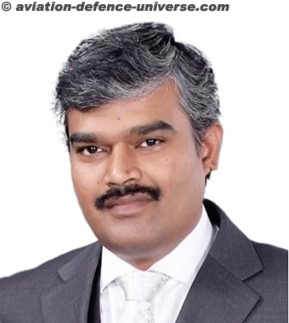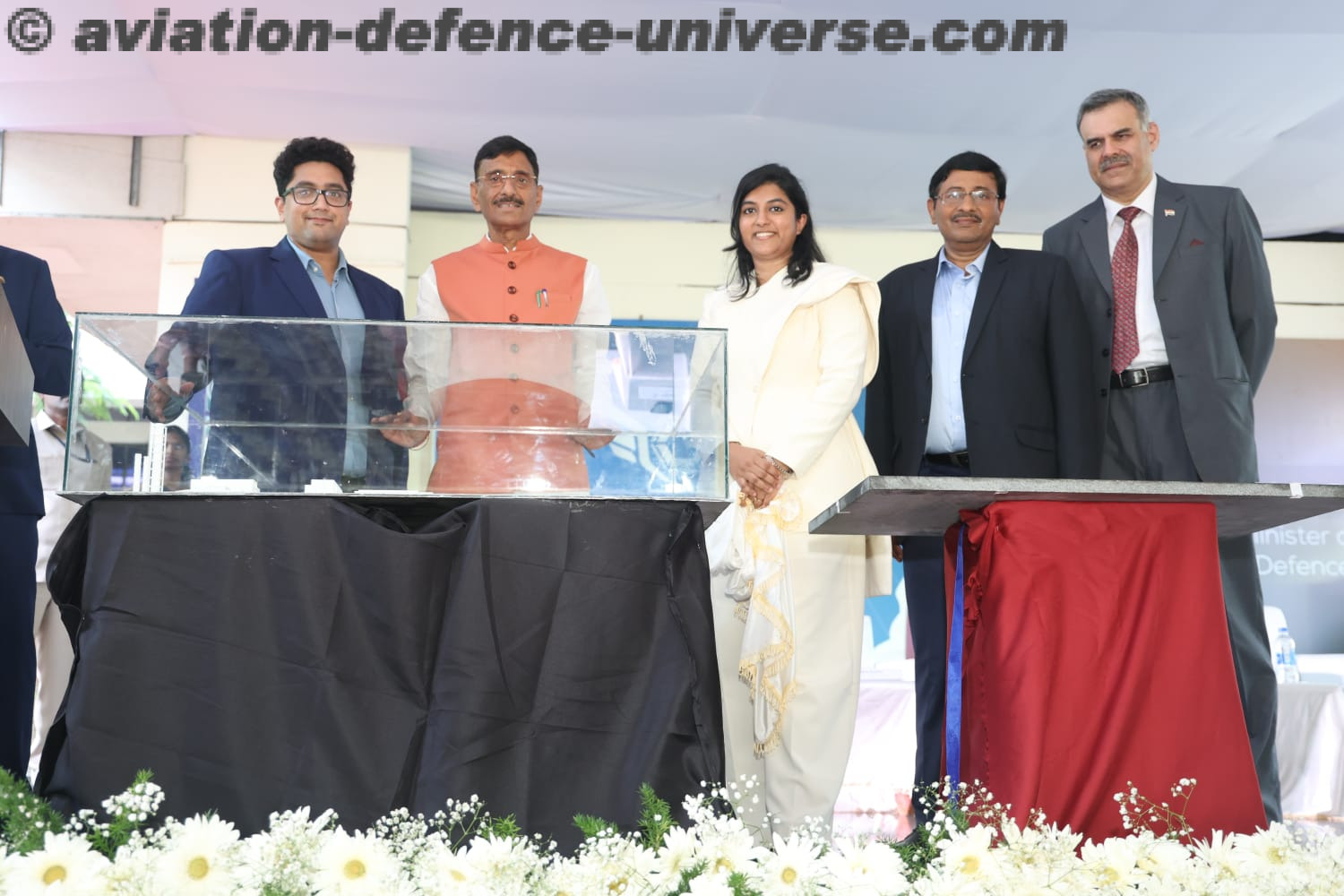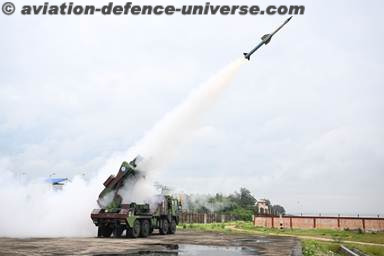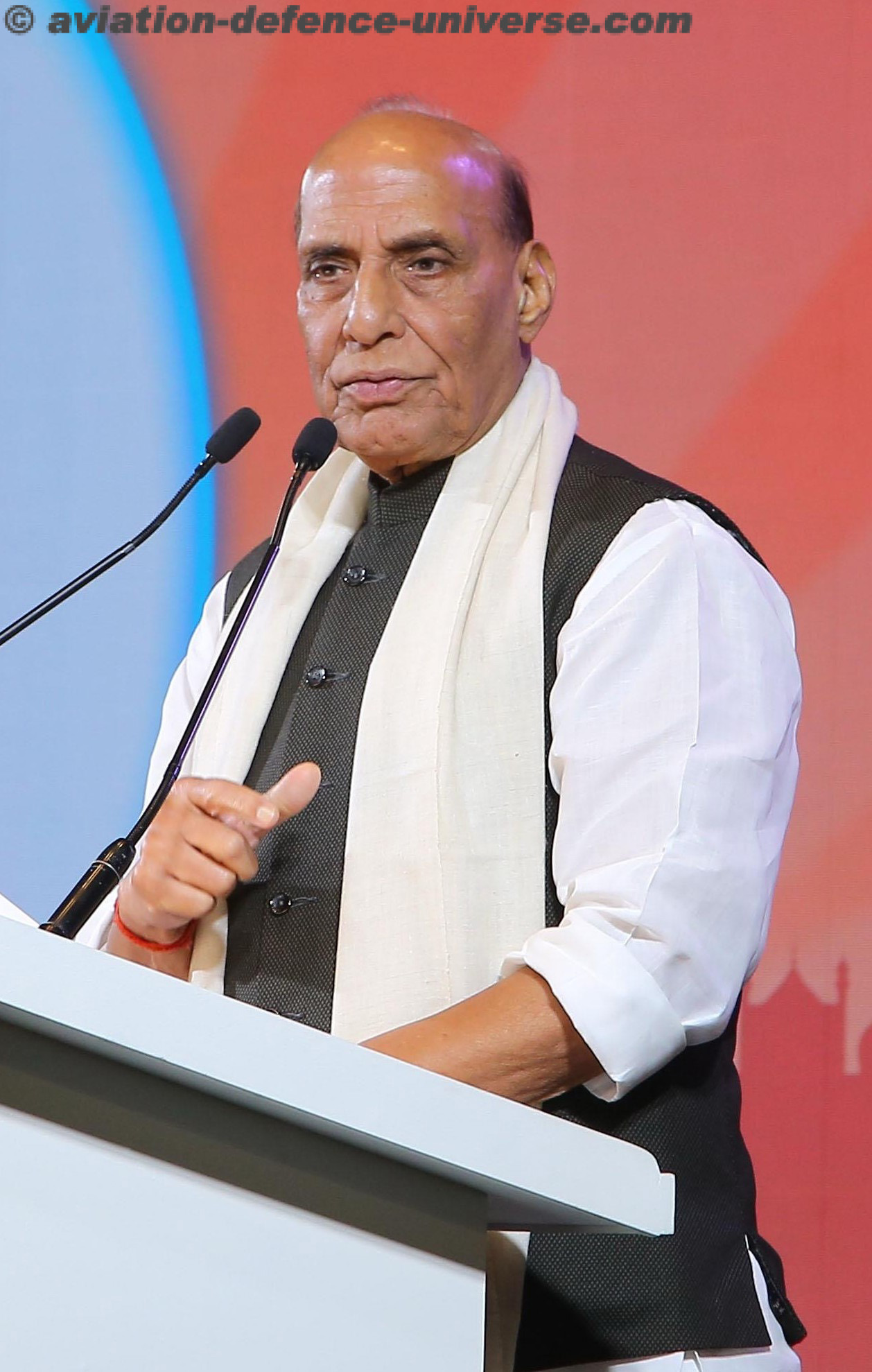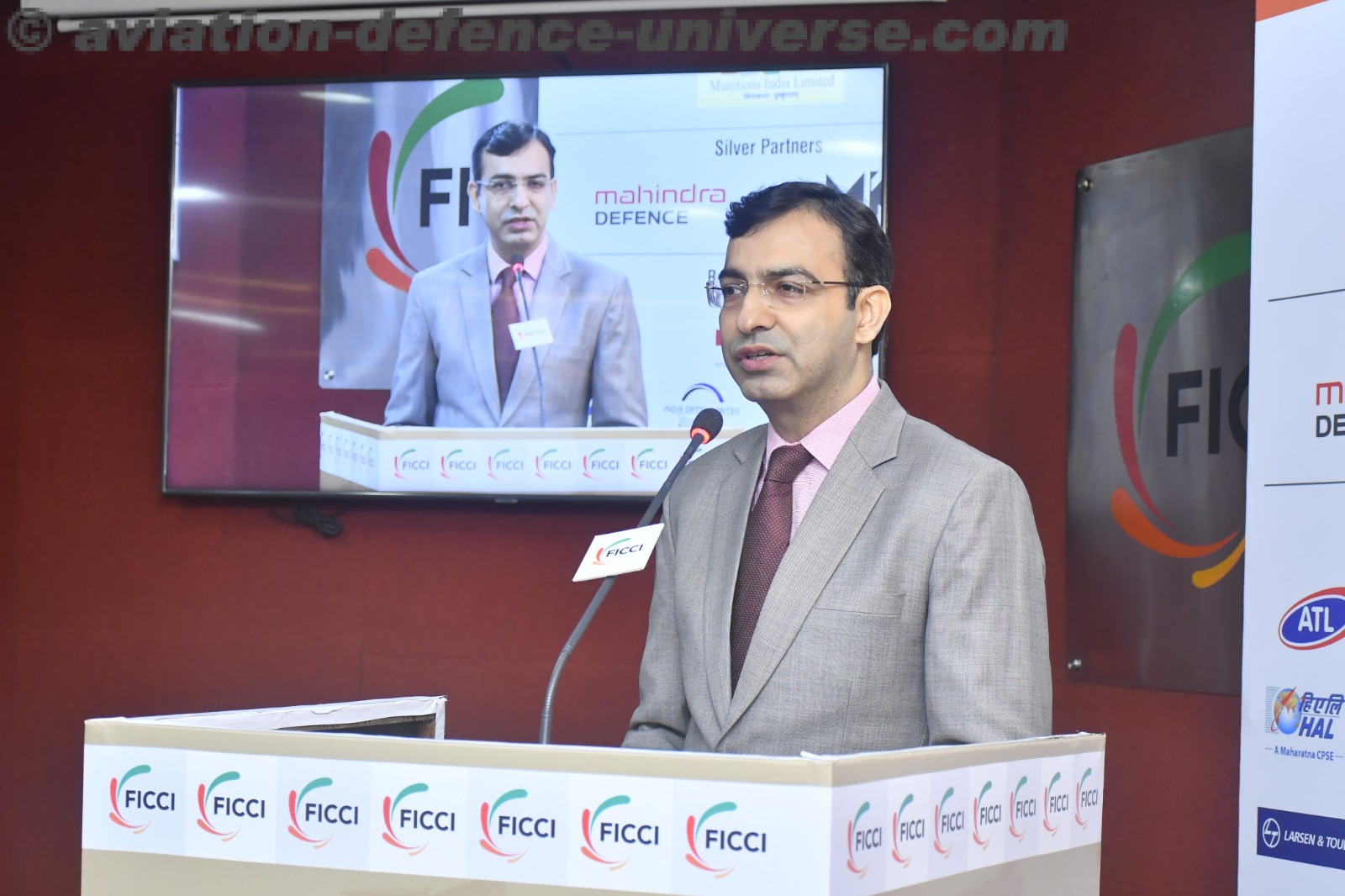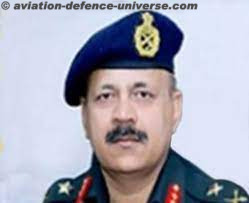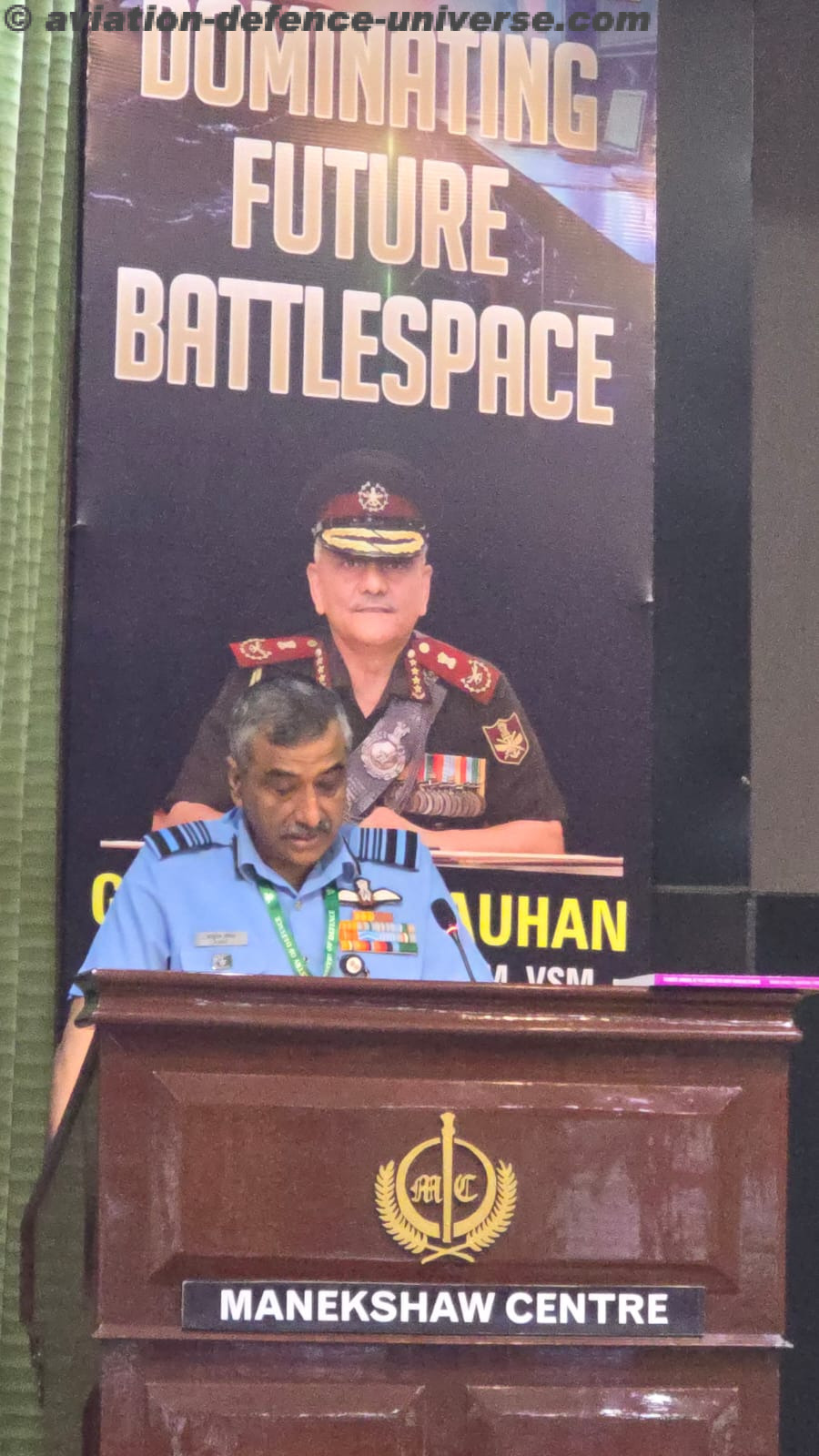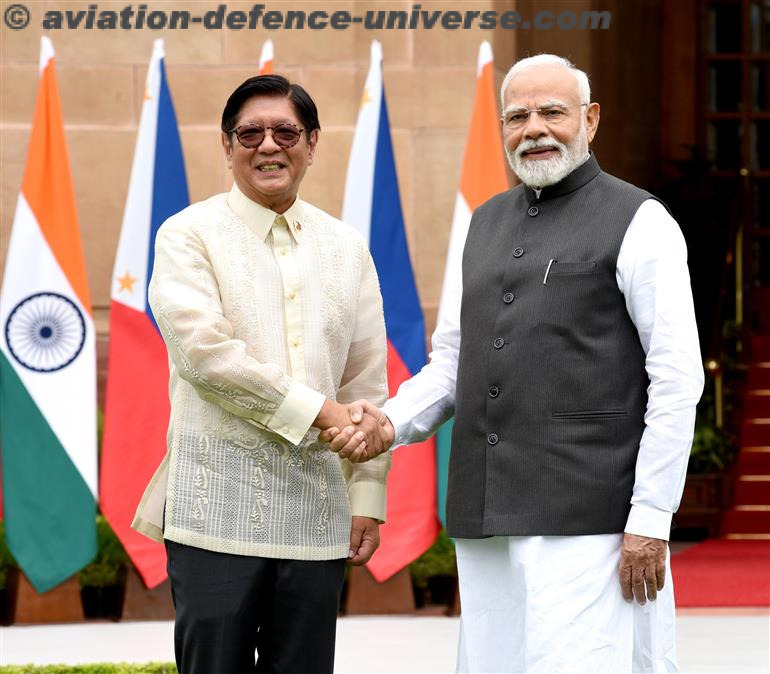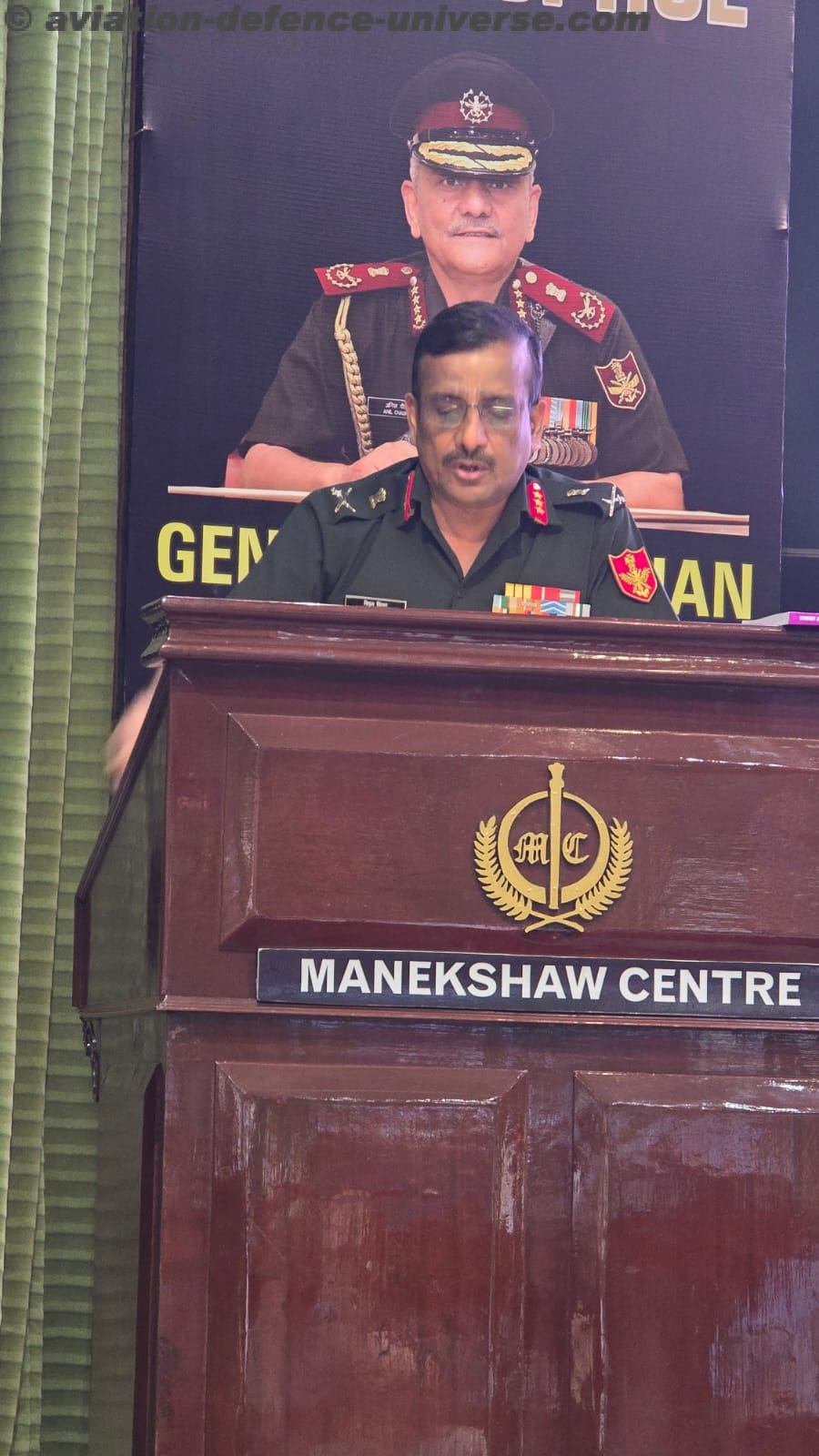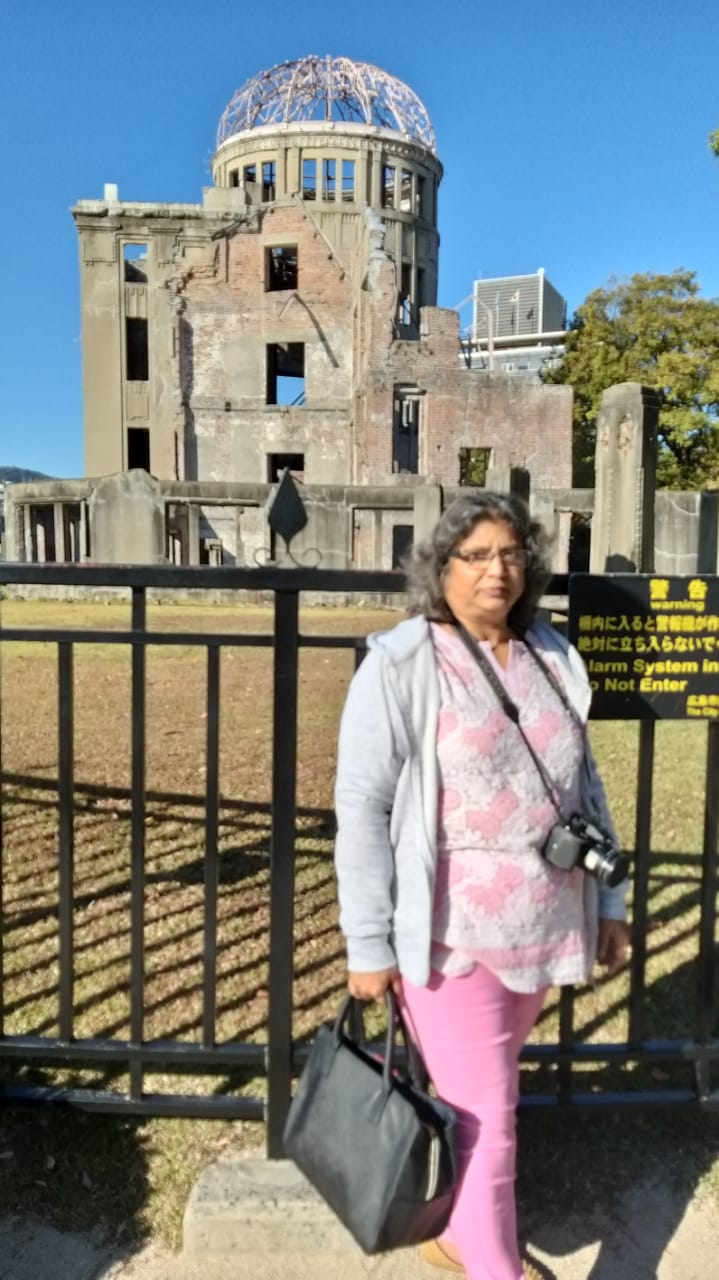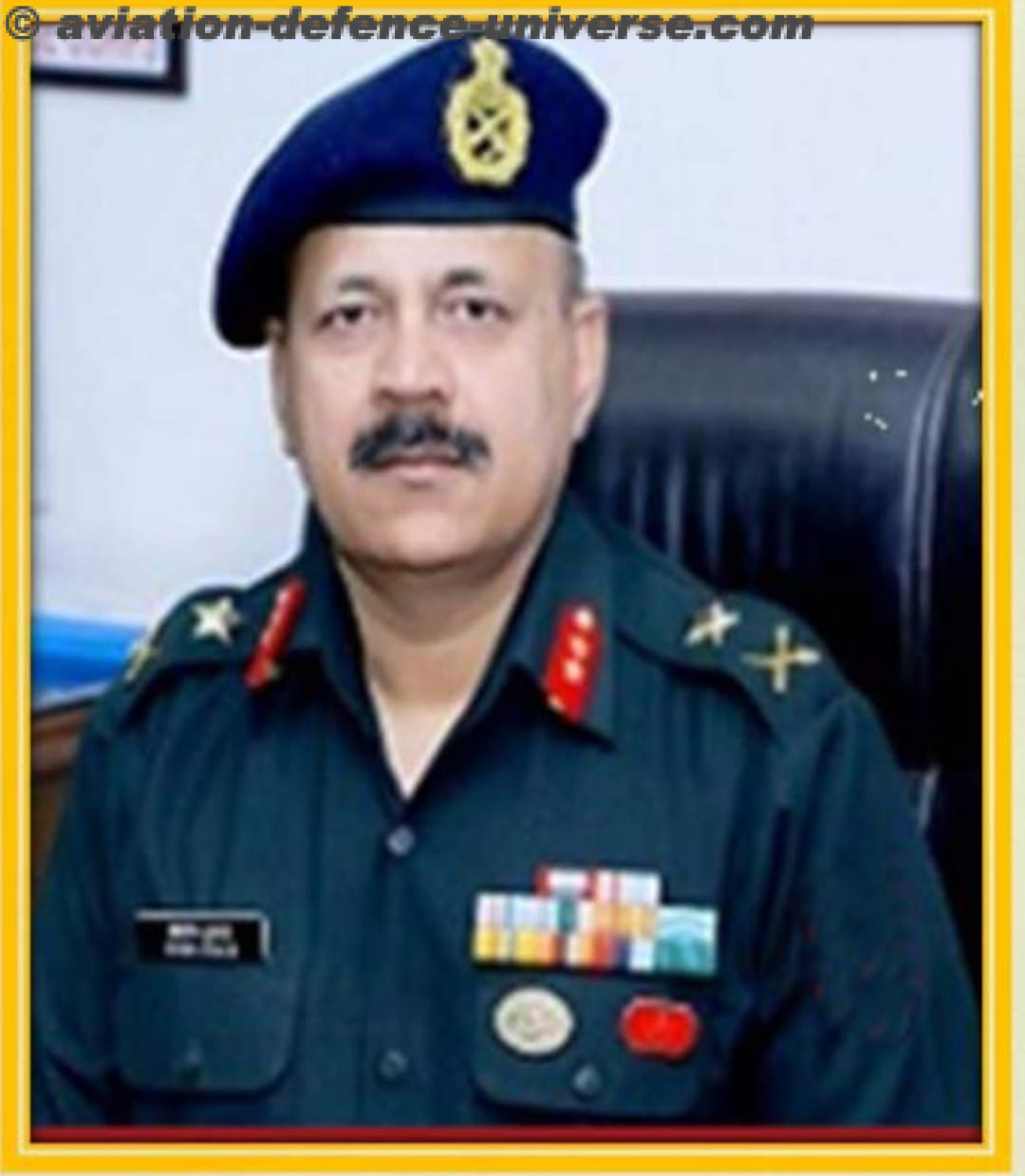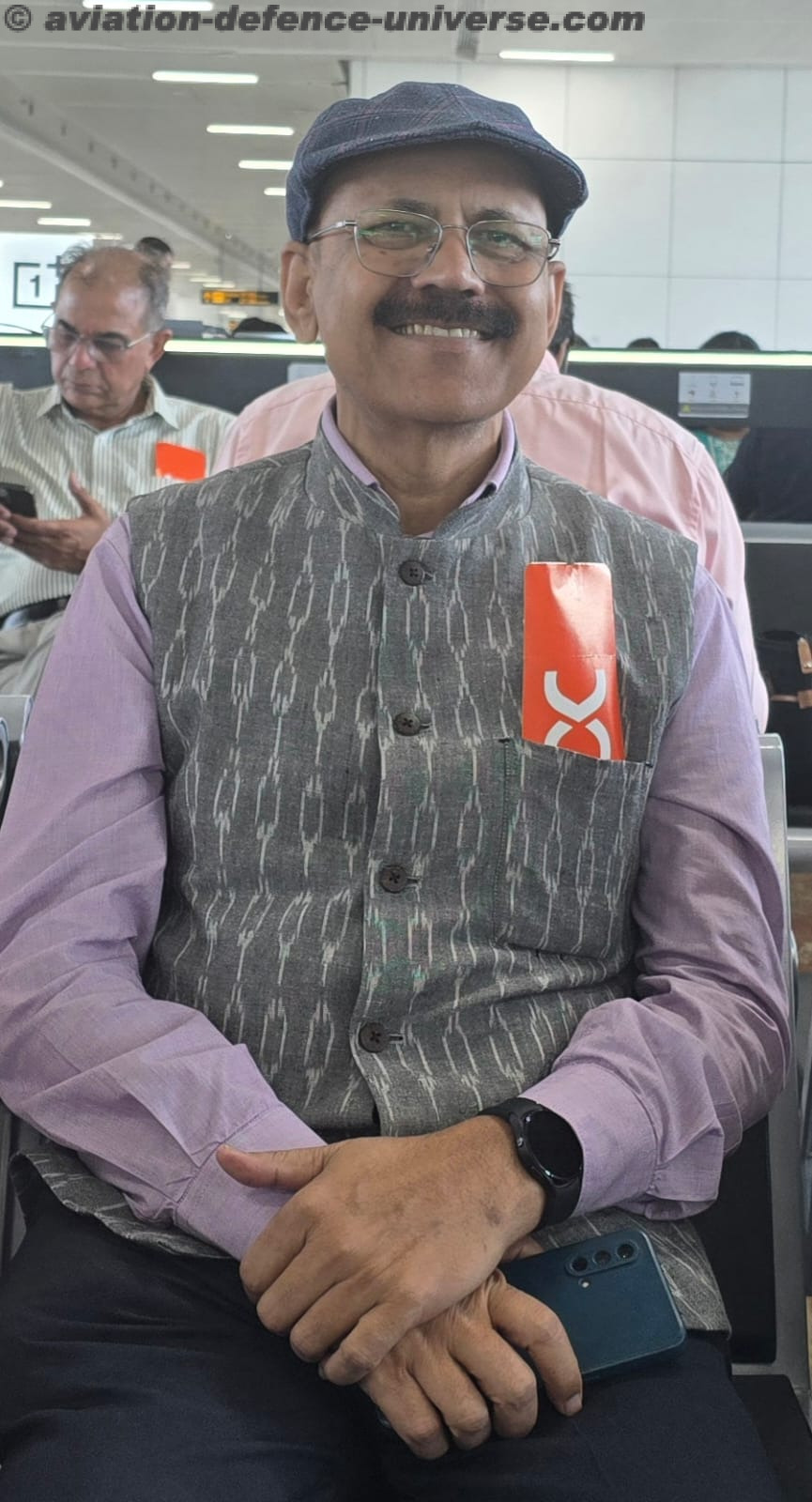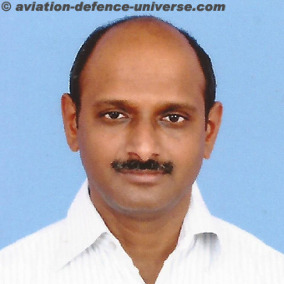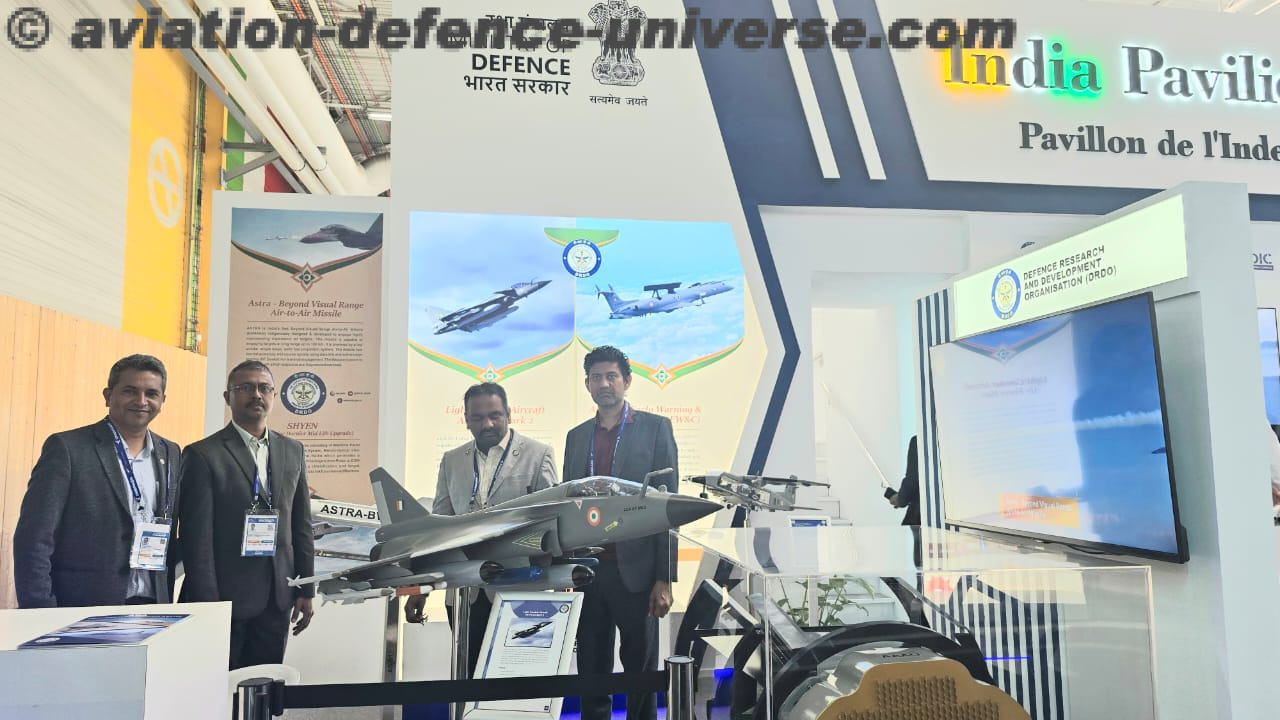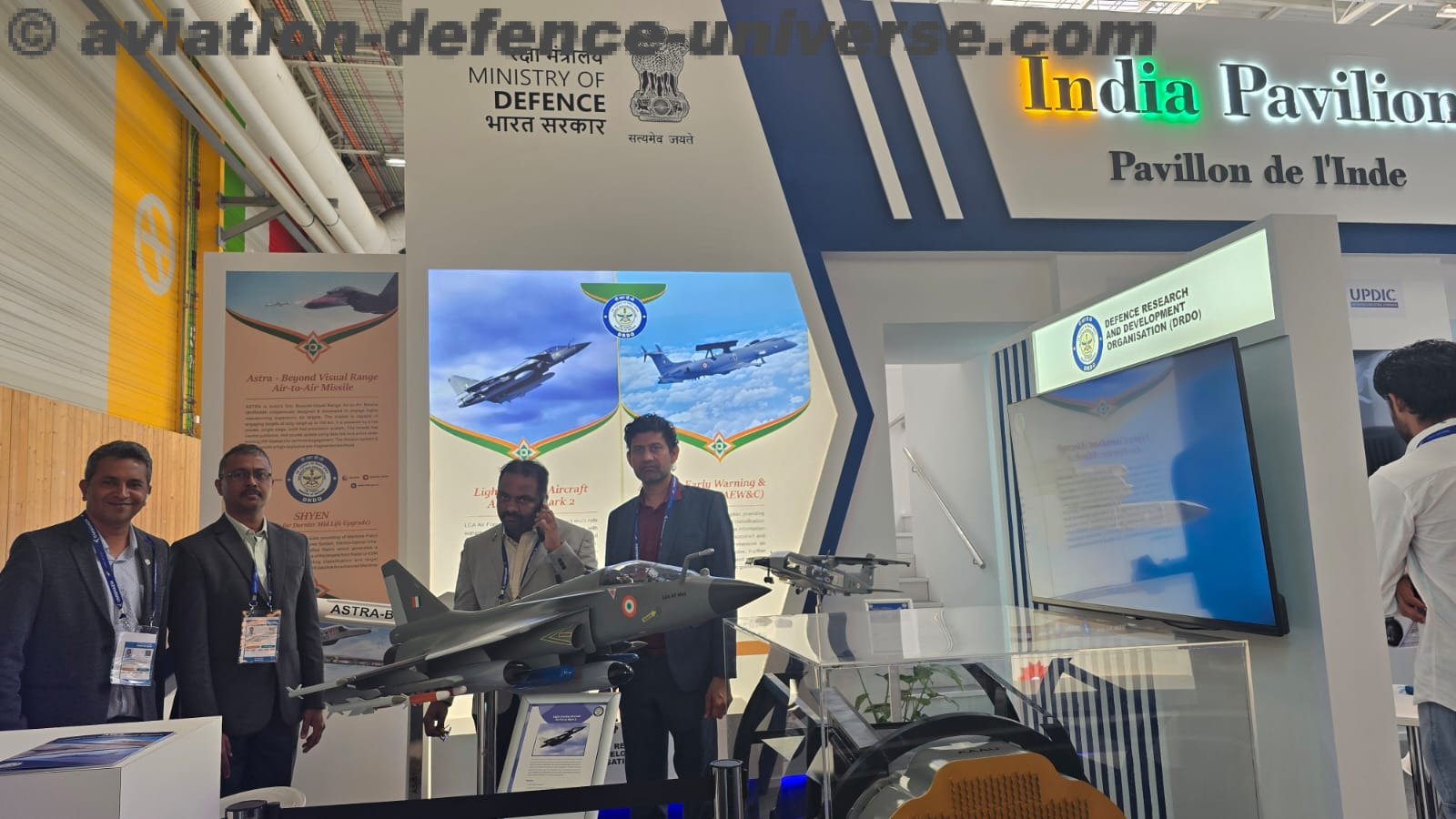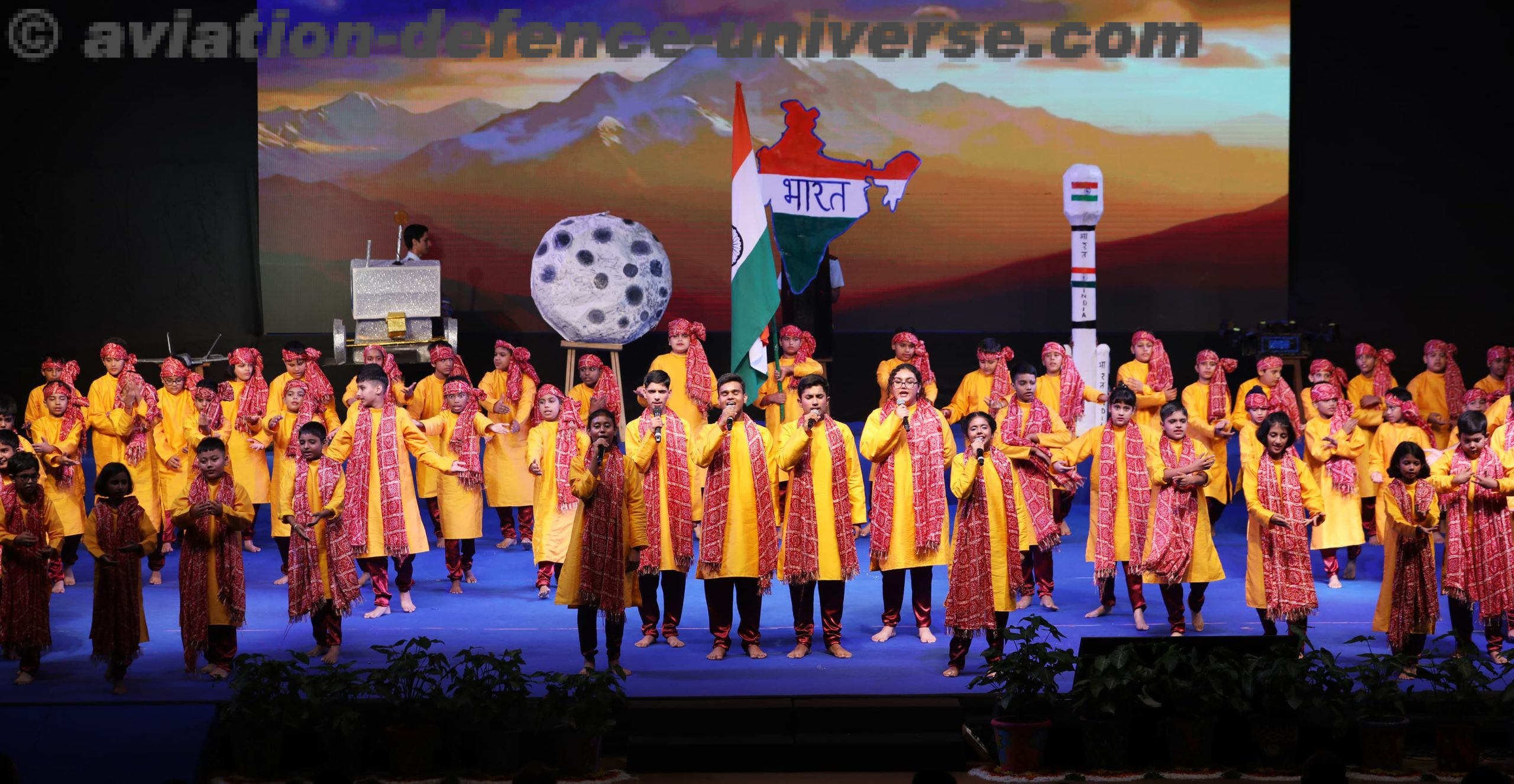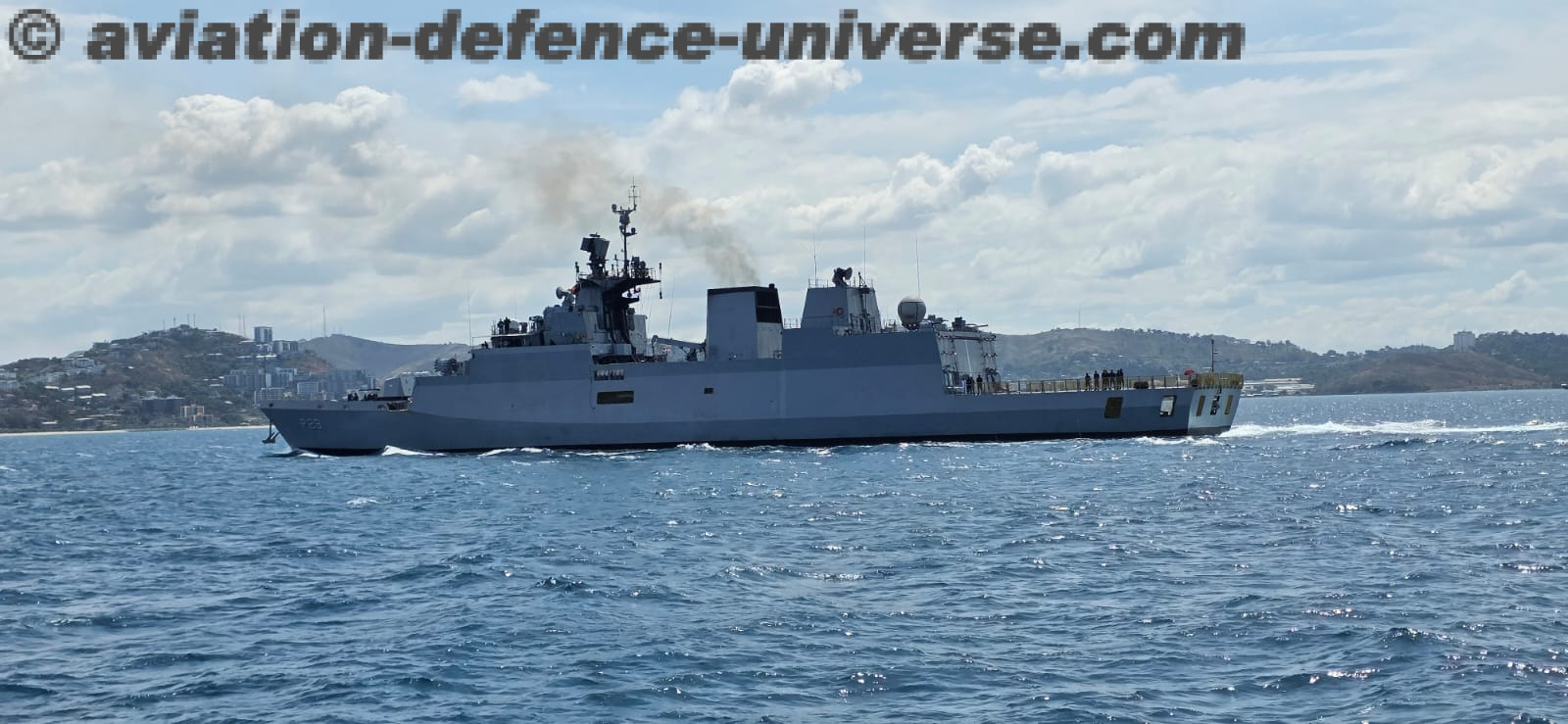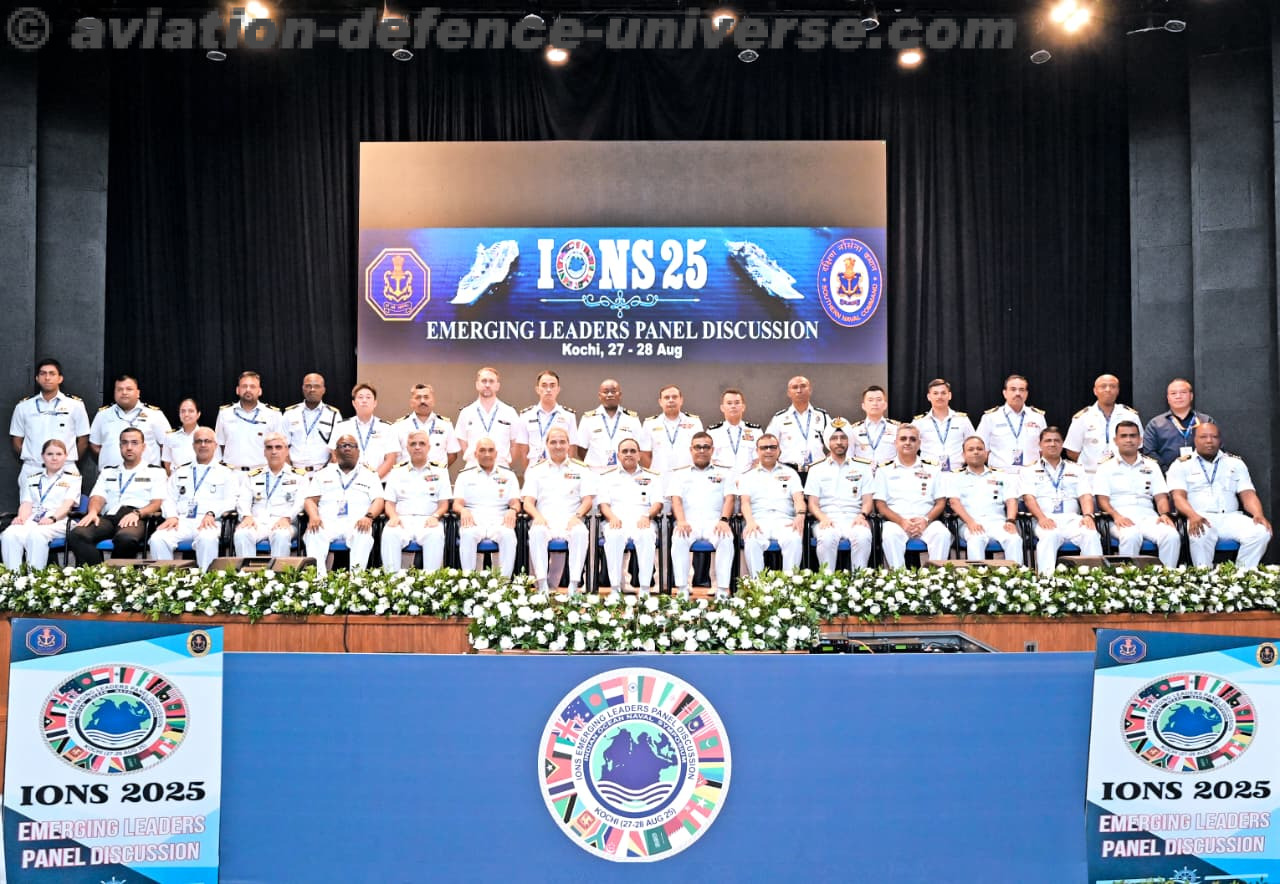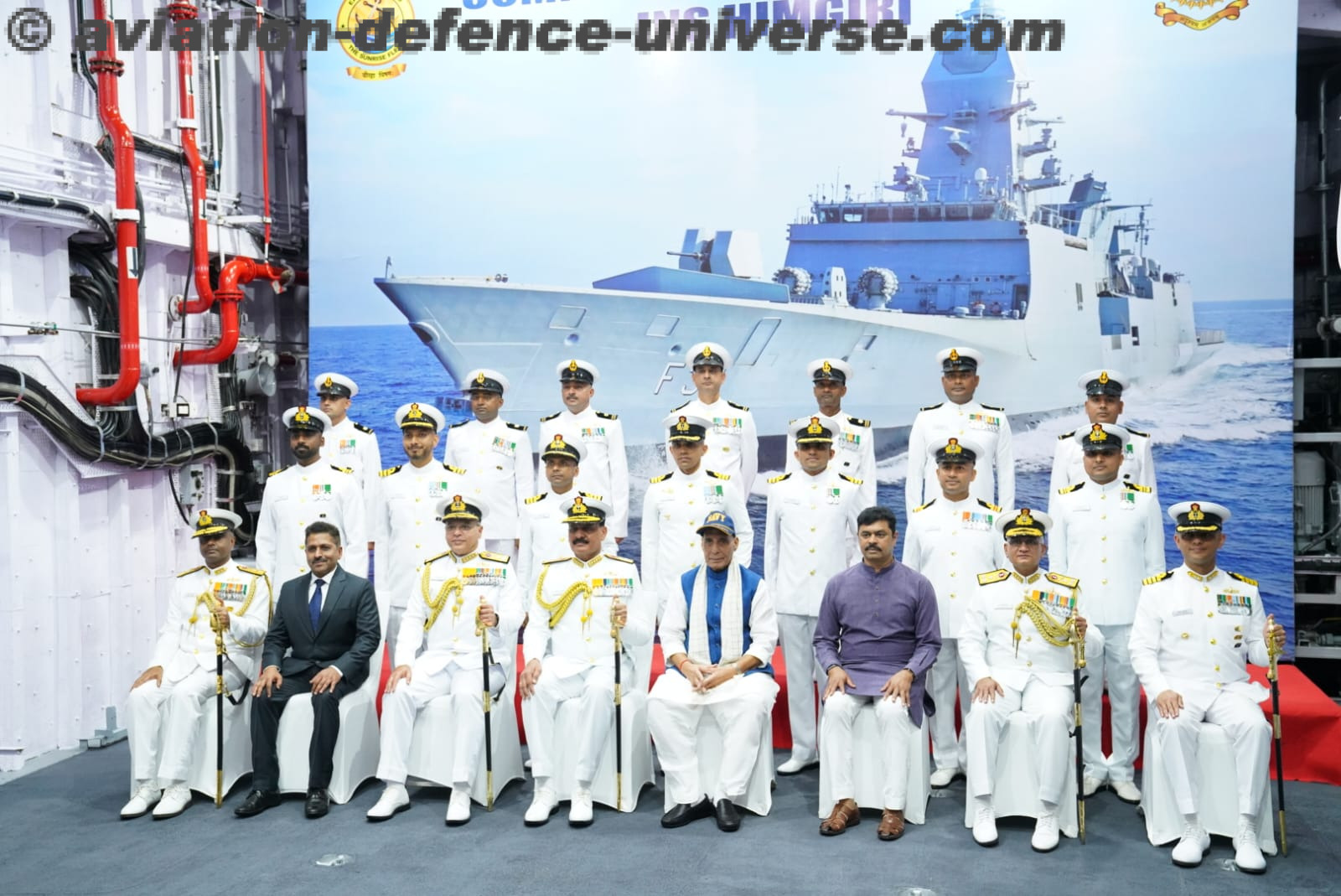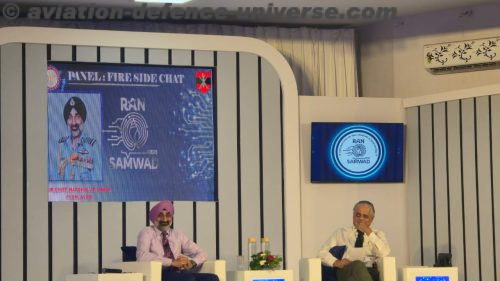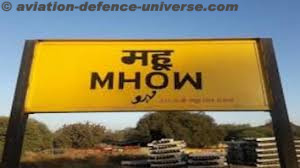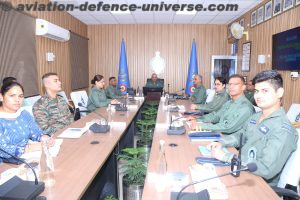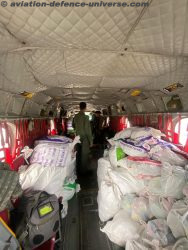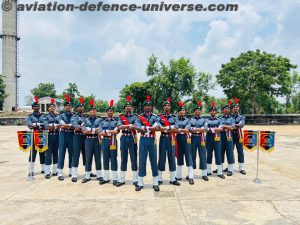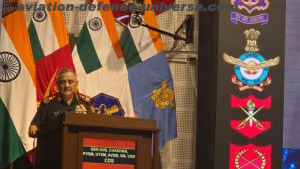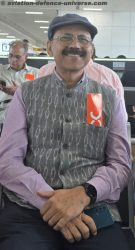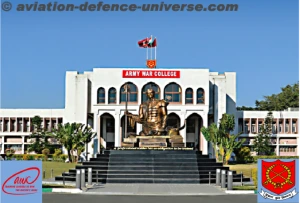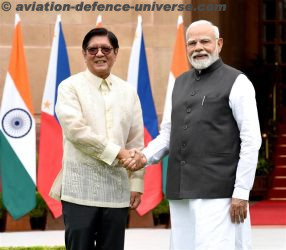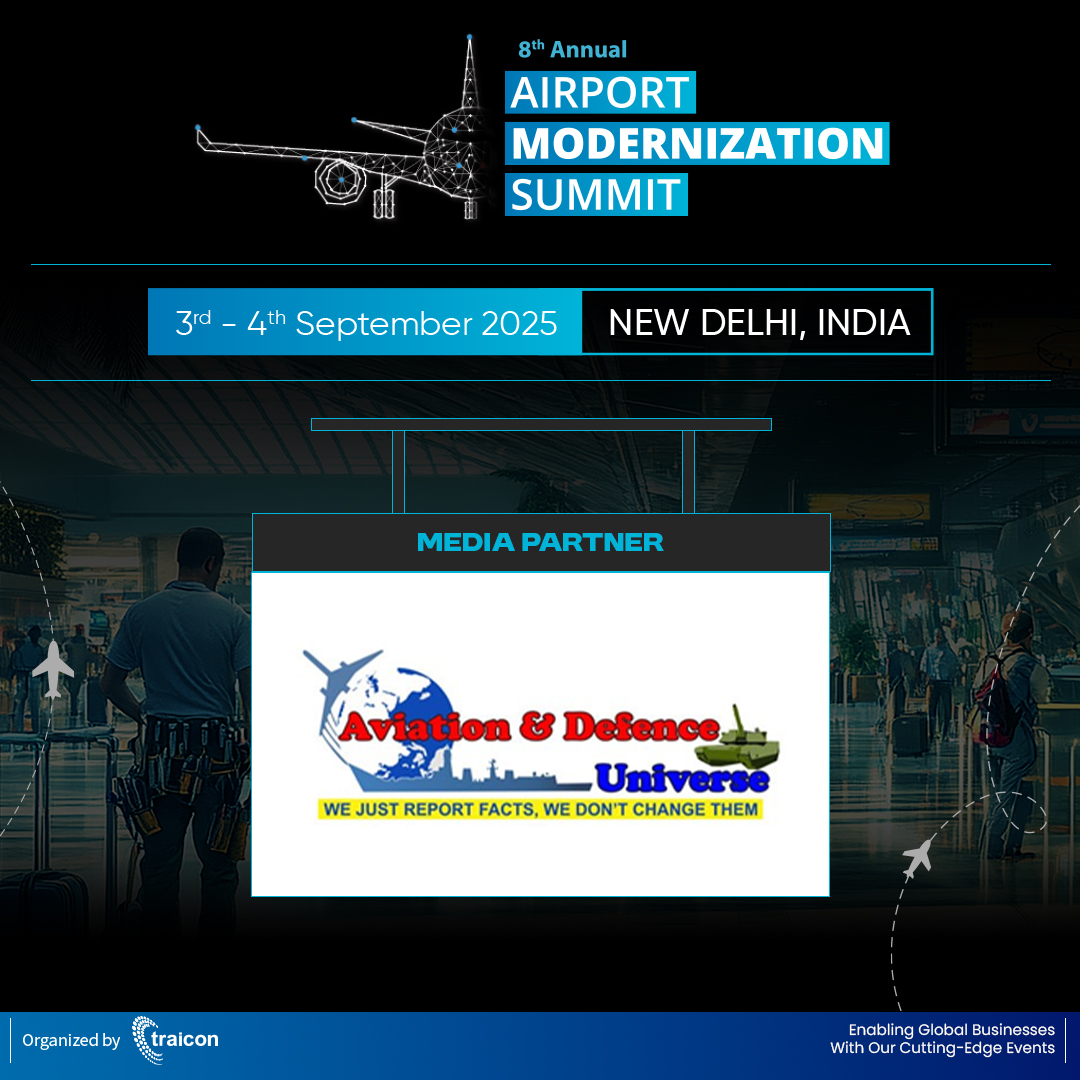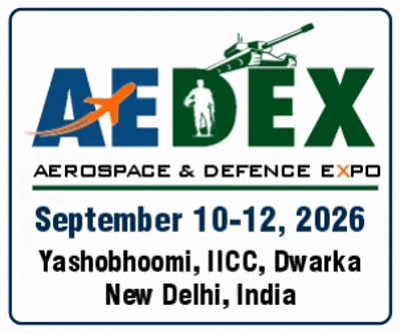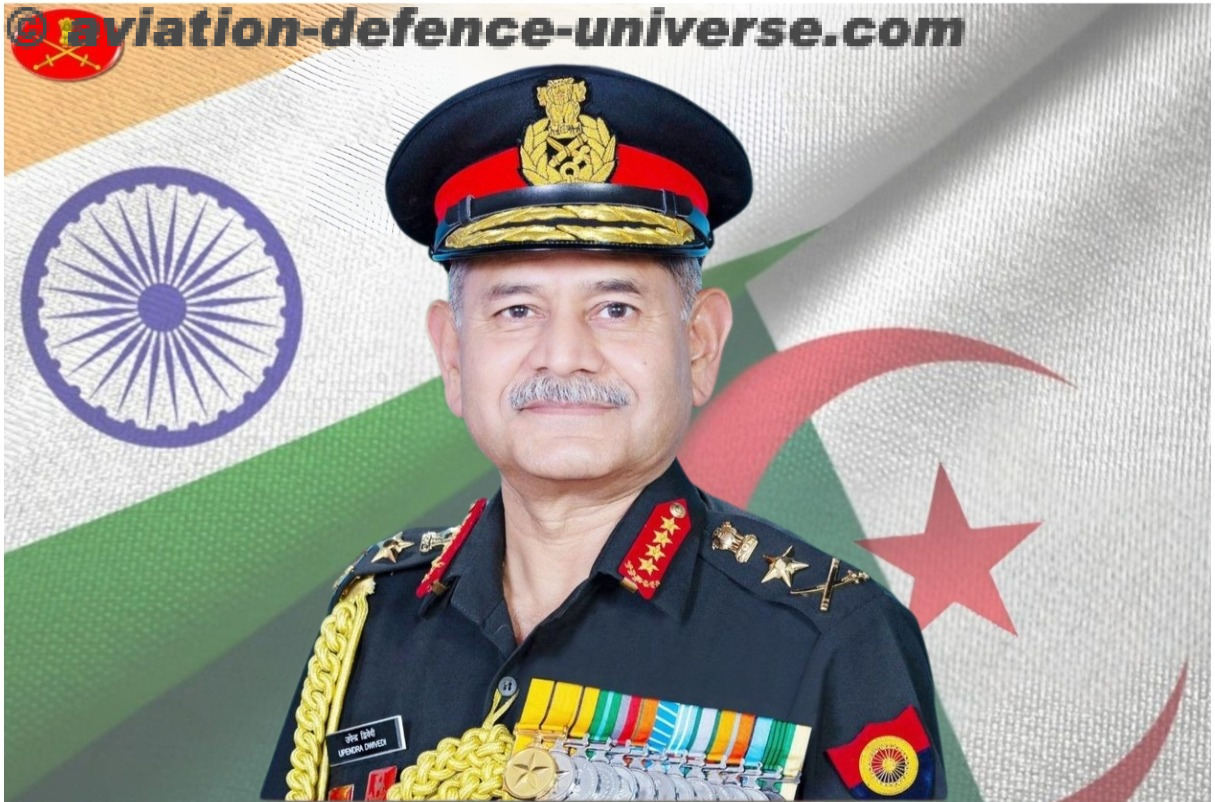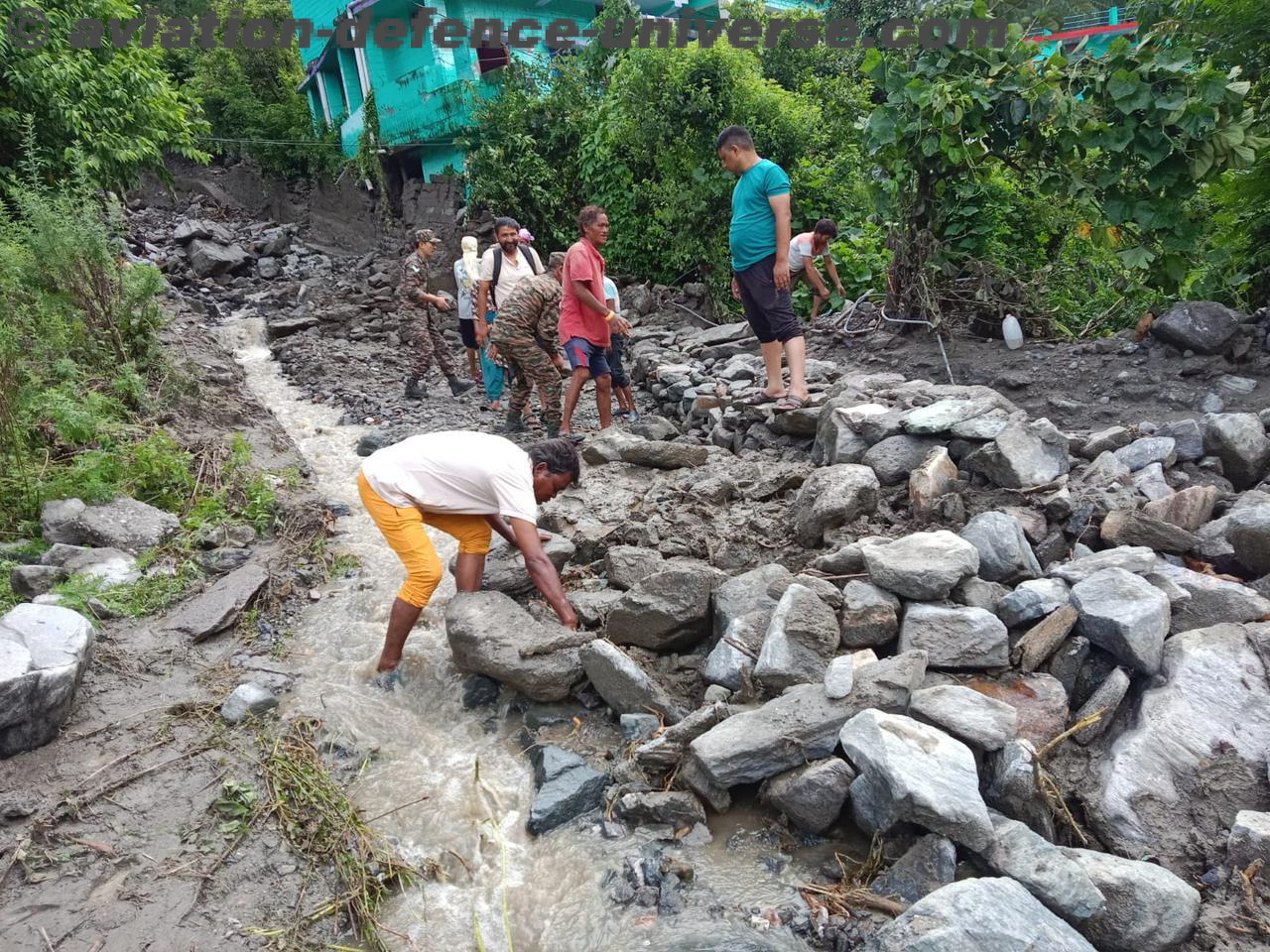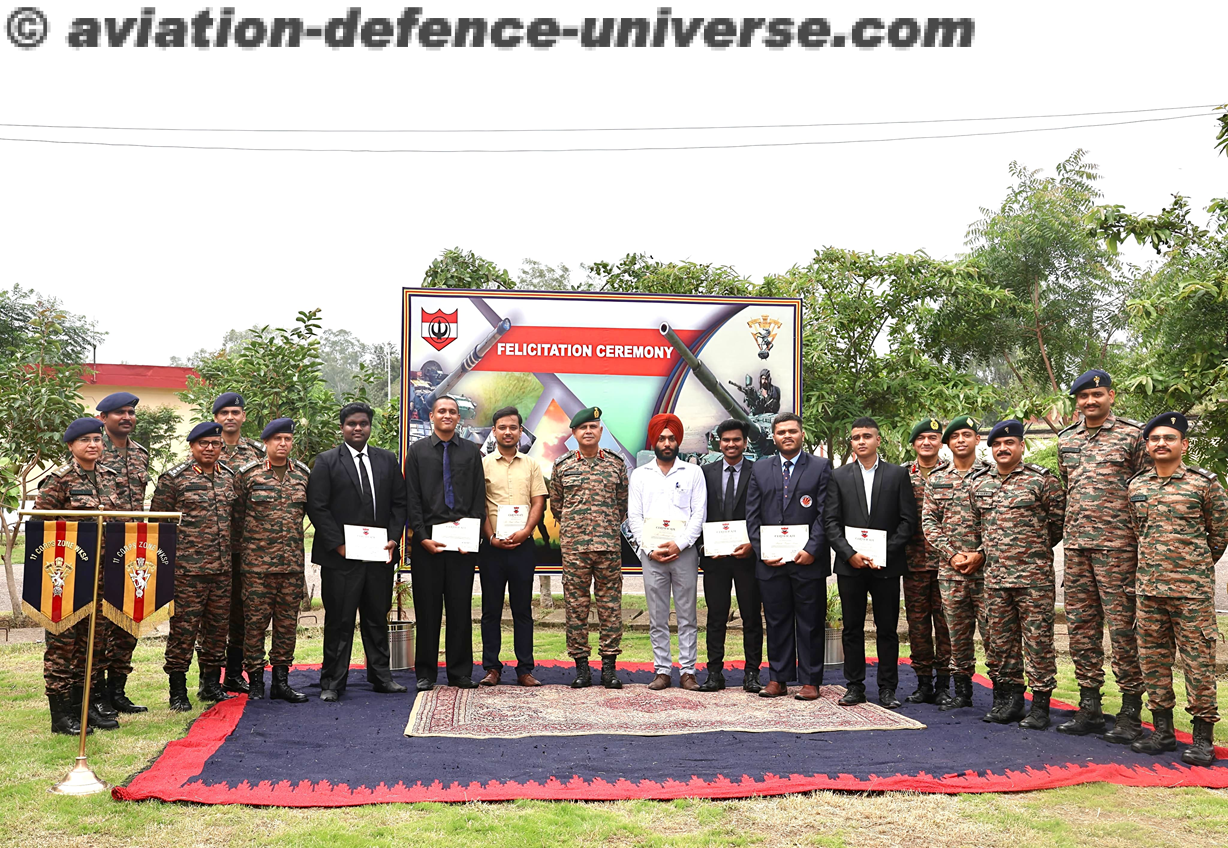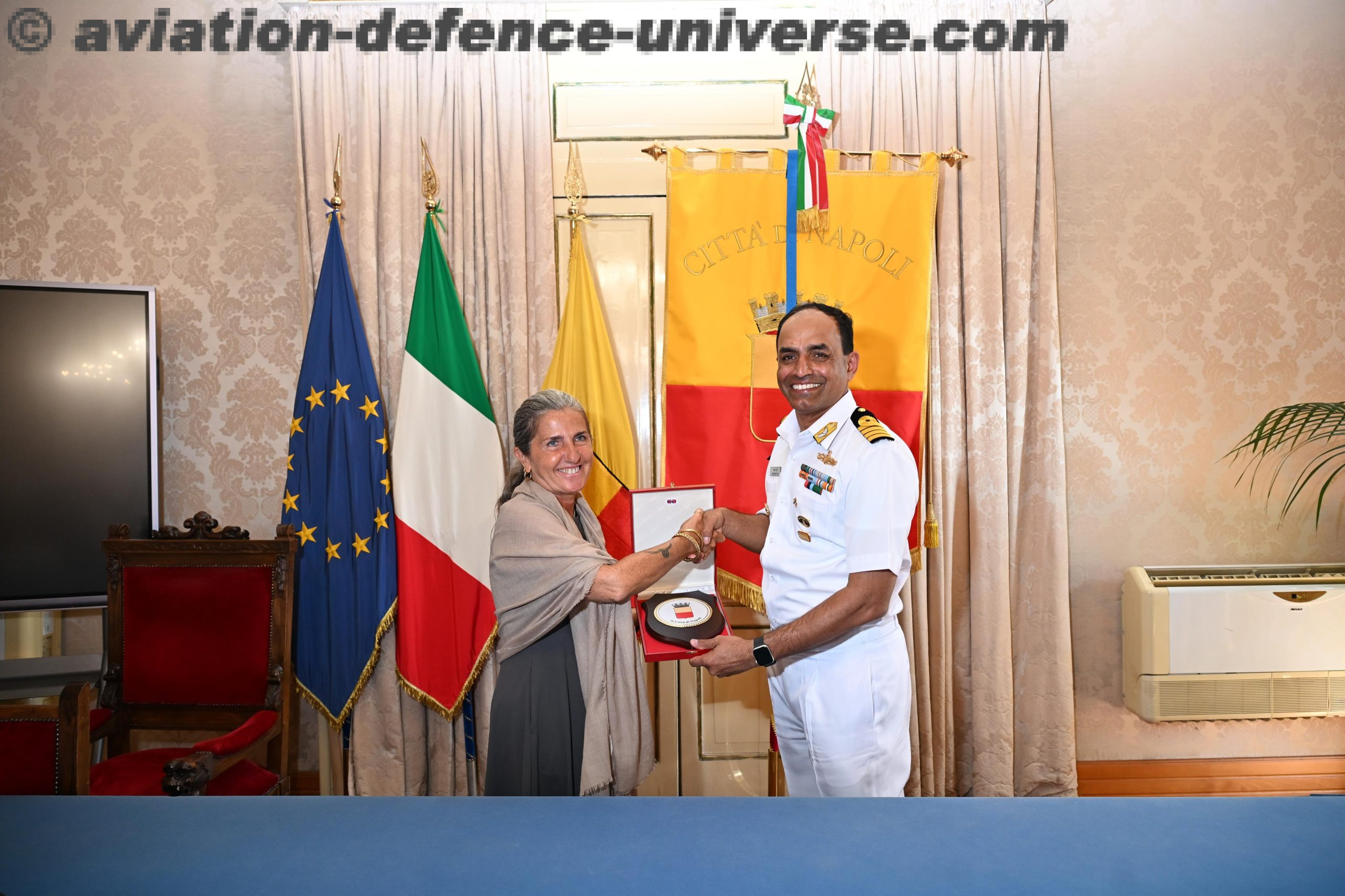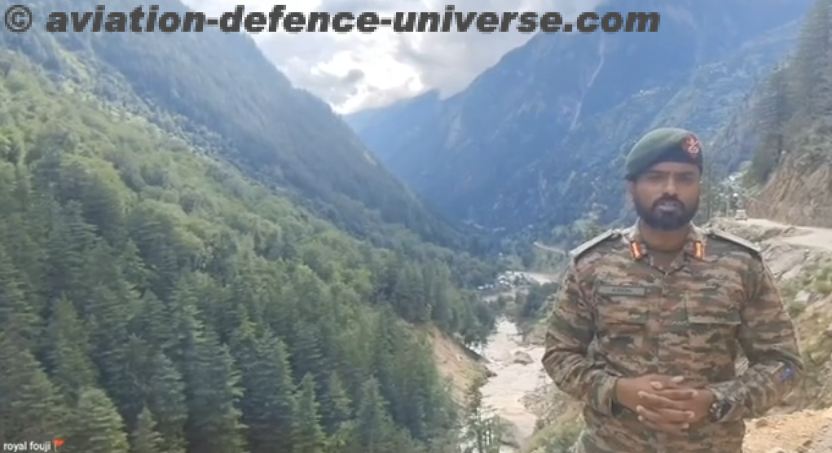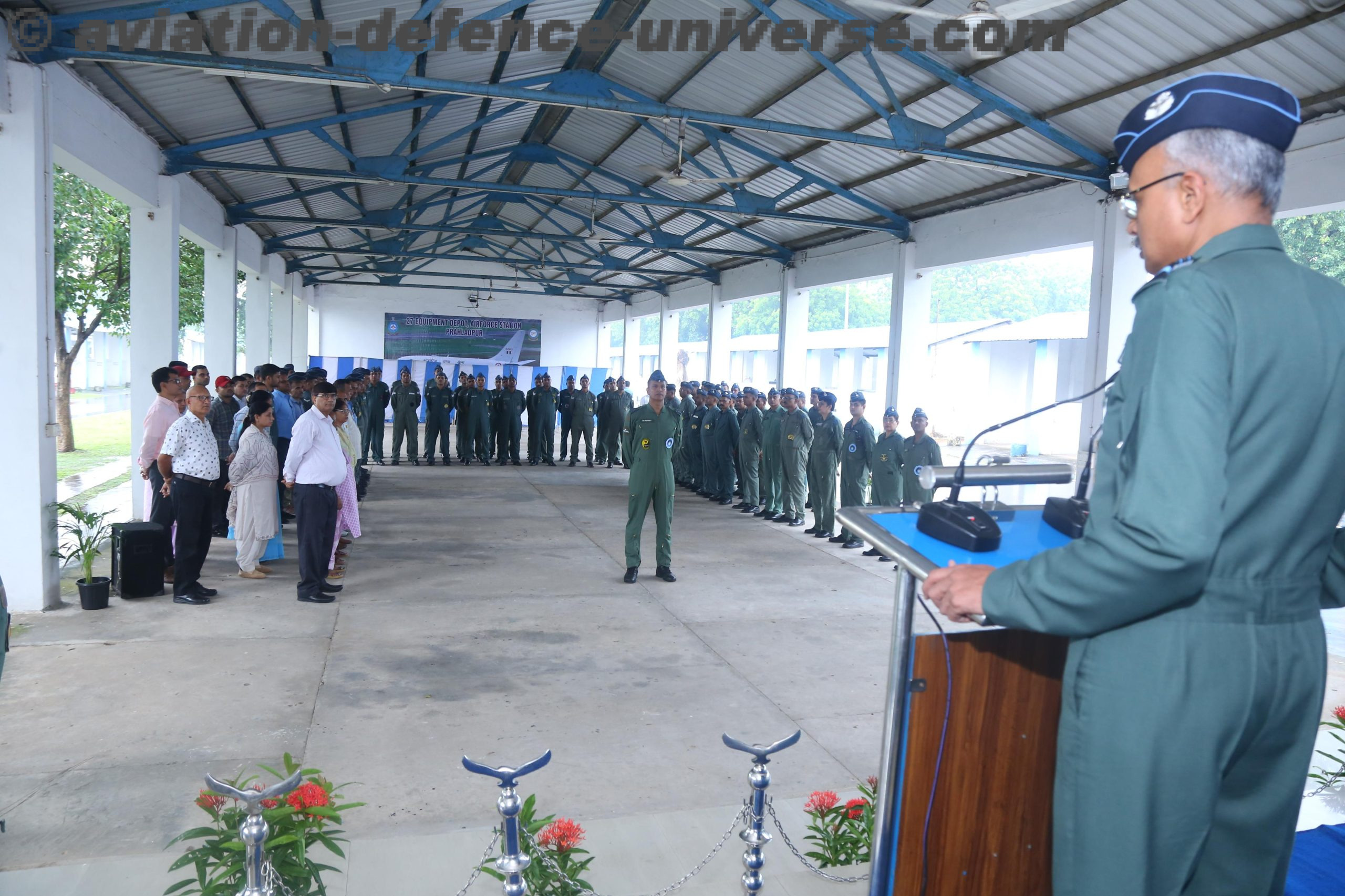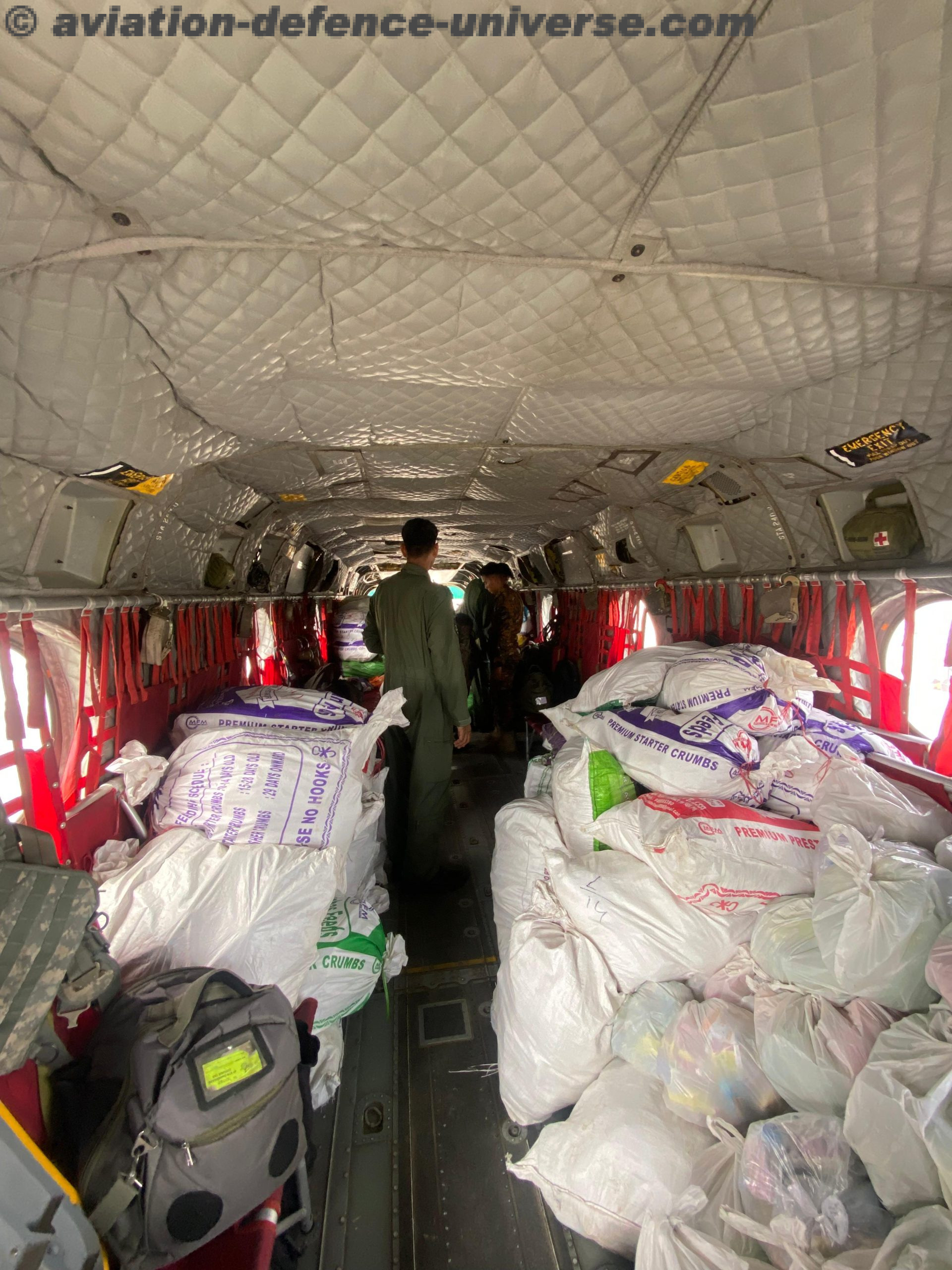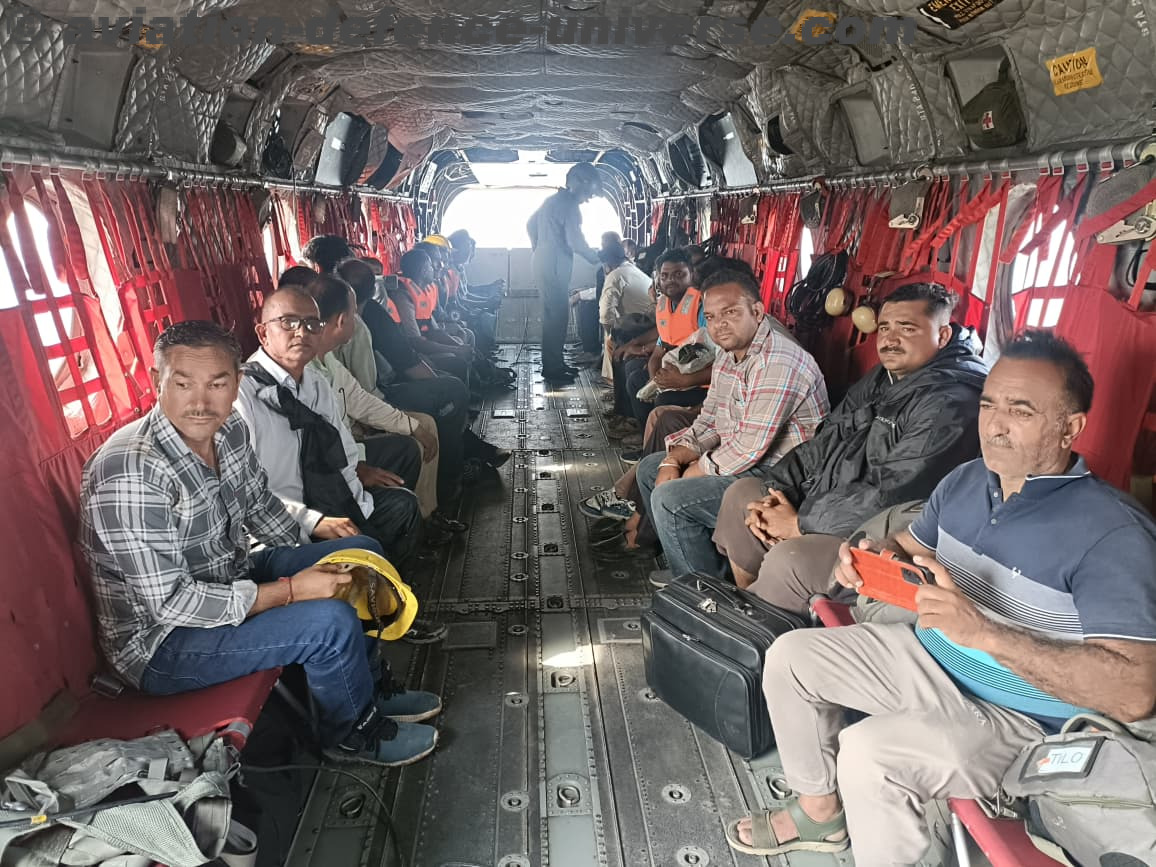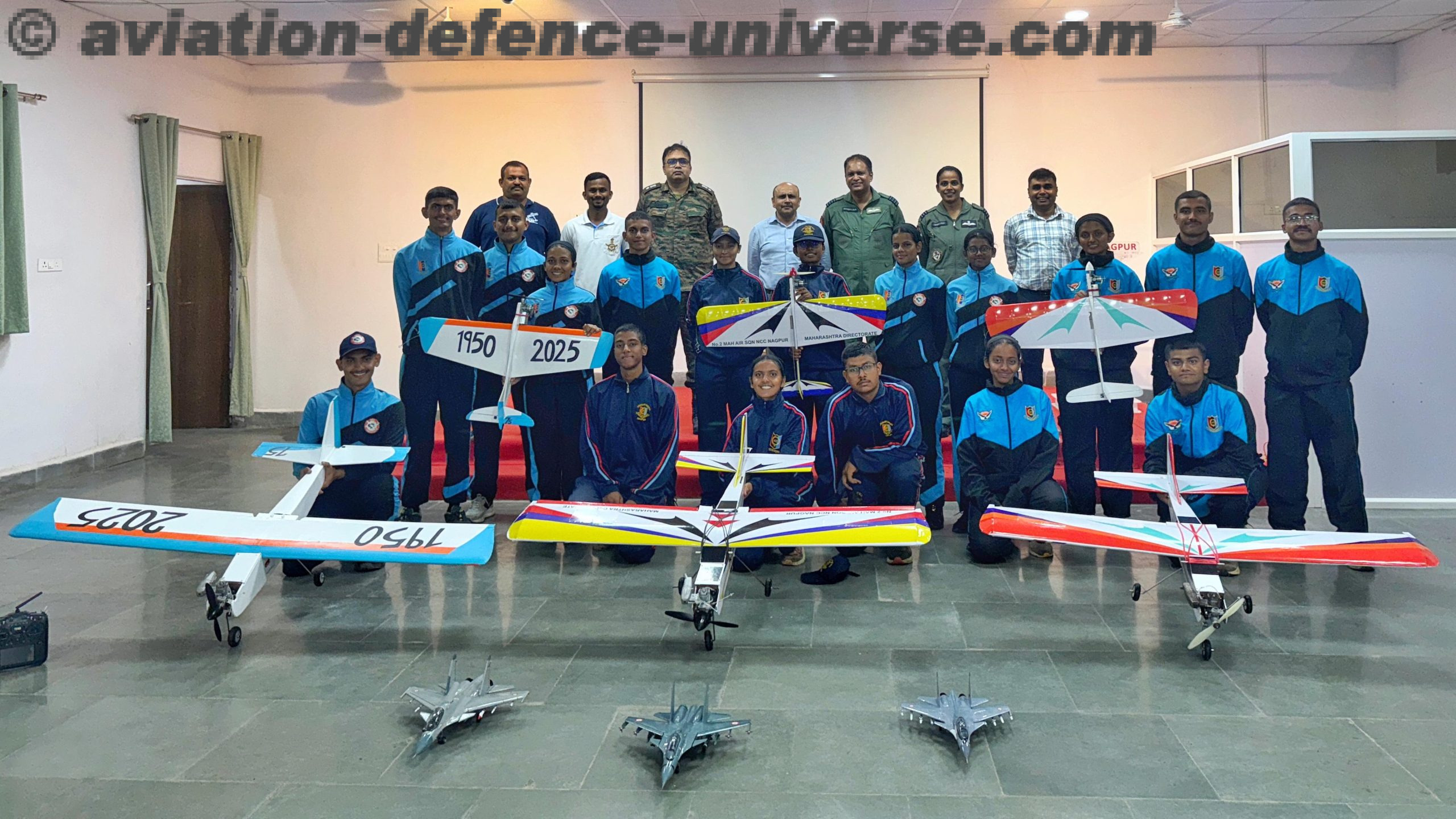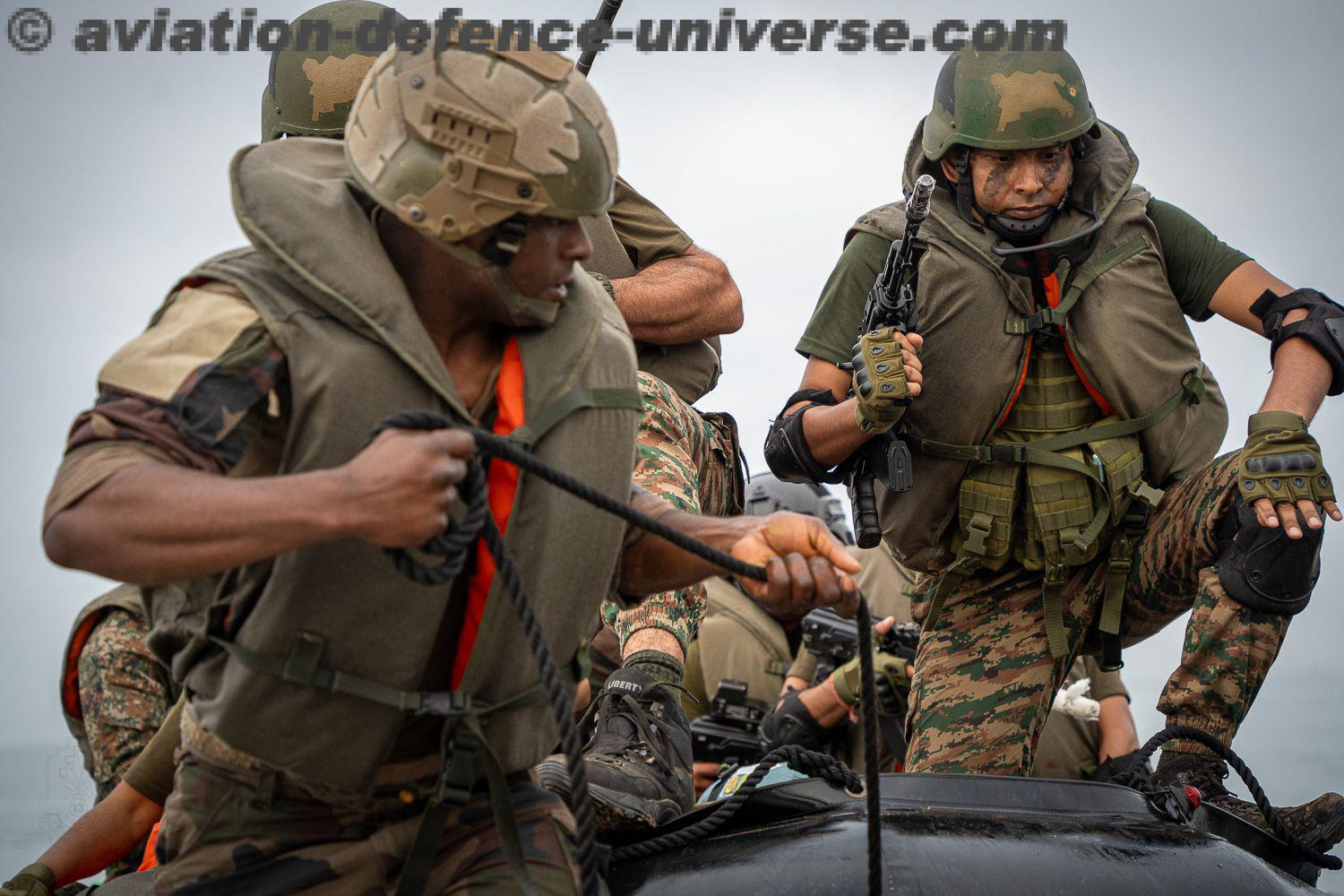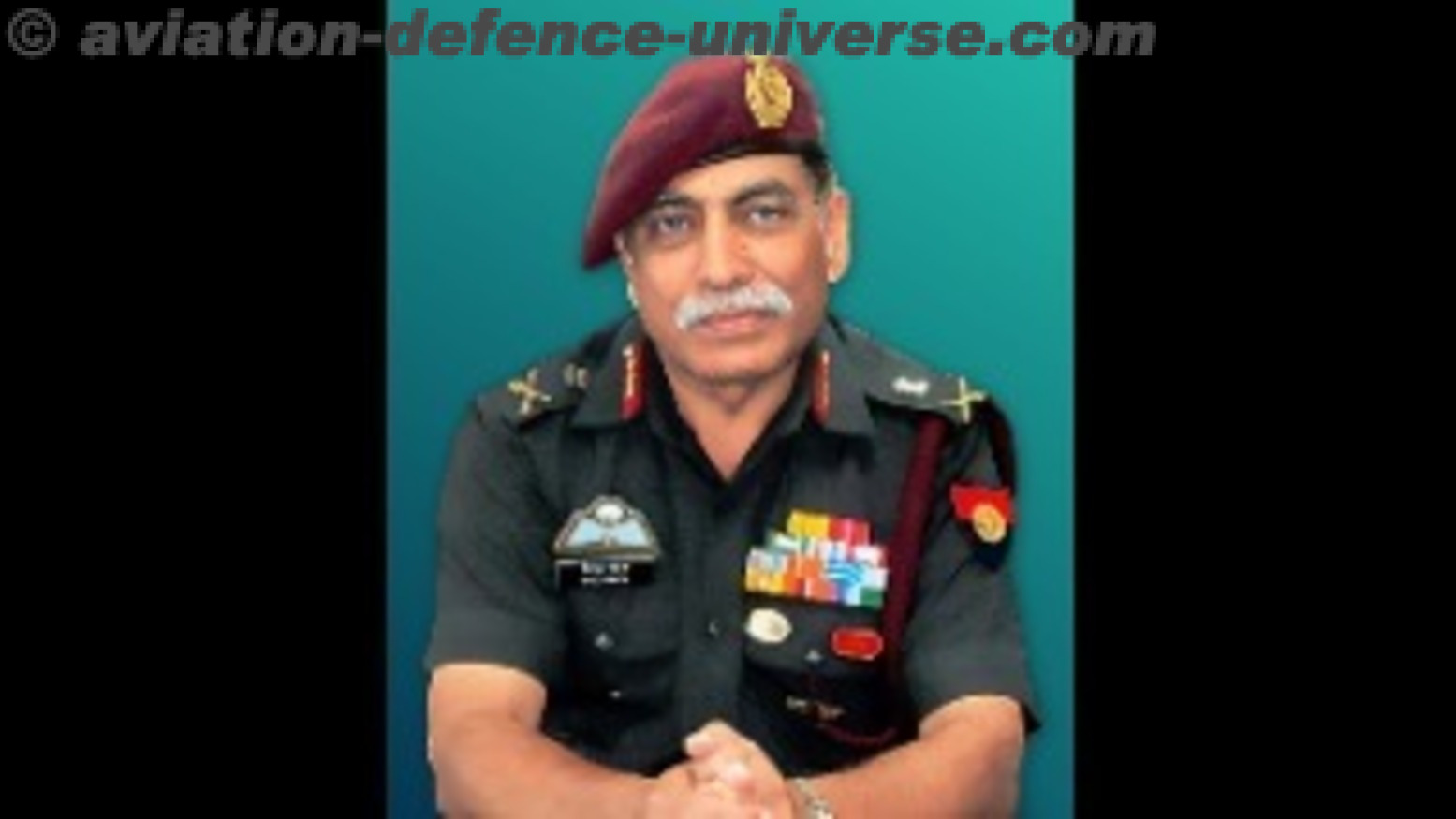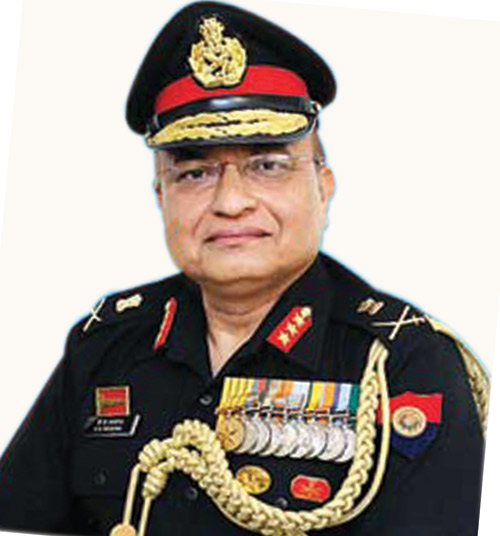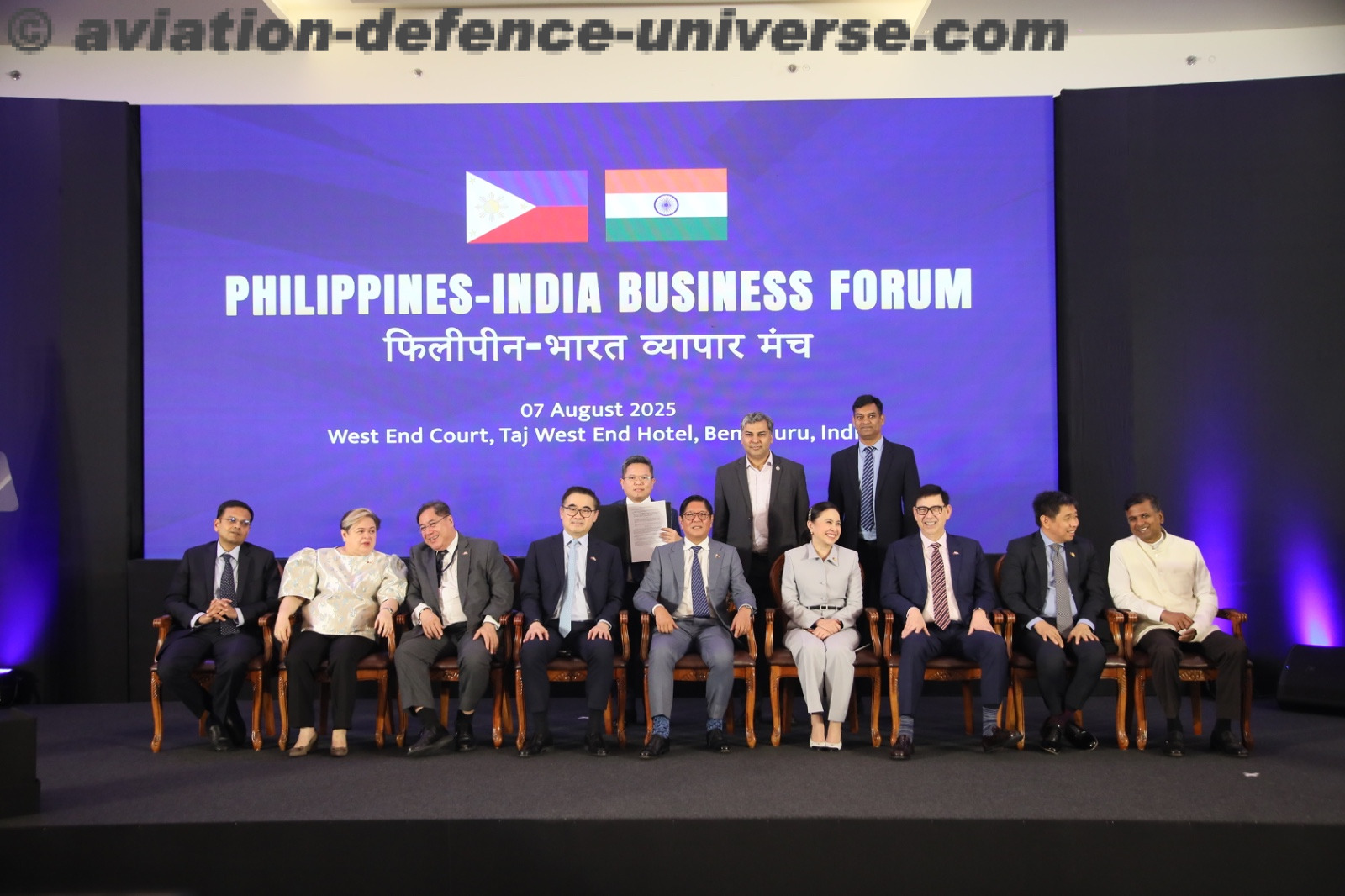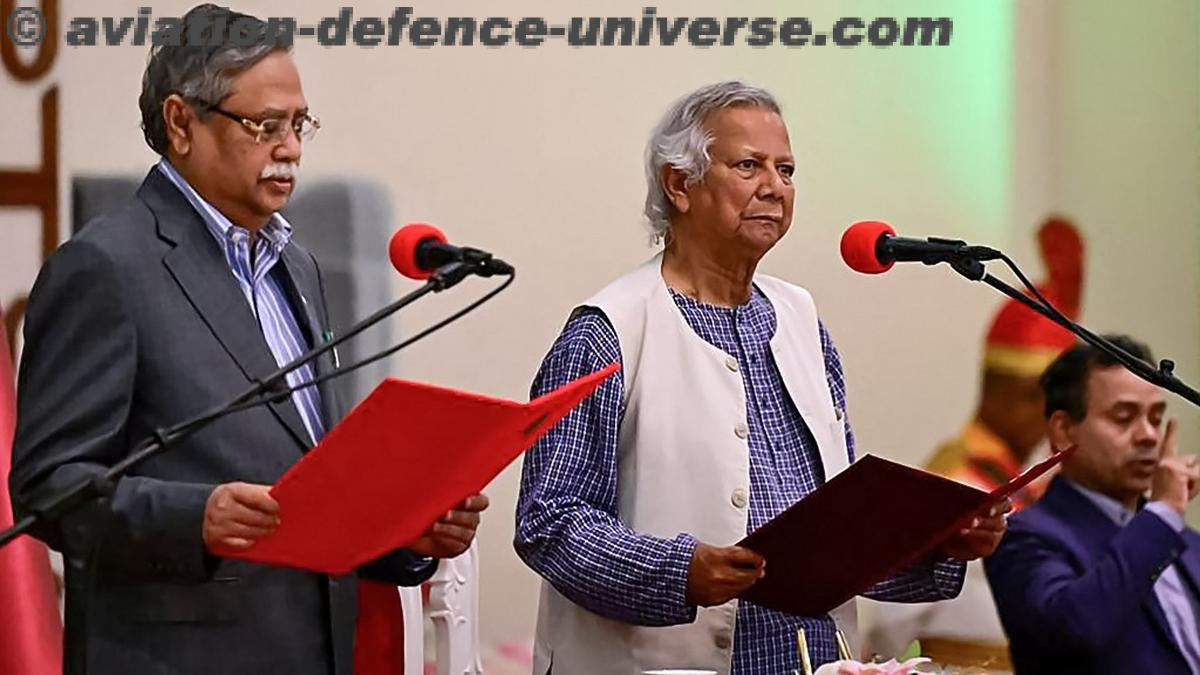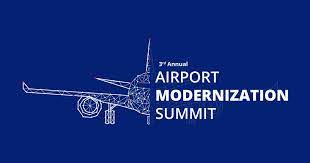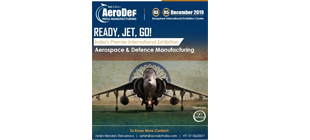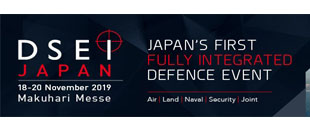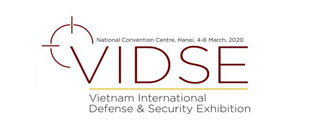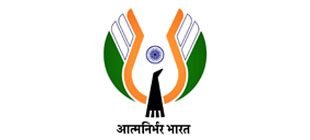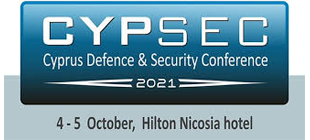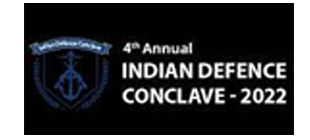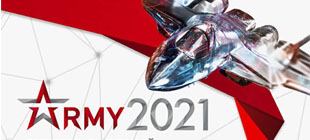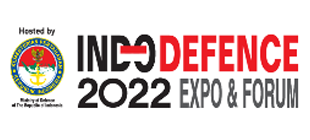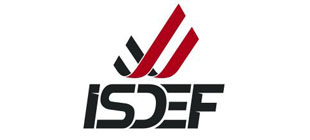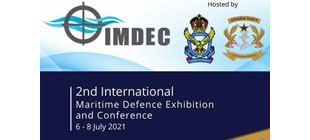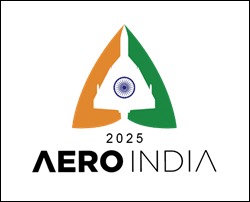- Air Power, Technology, and Jointness : Air Chief at Fireside Chat with Lt Gen Raj Shukla
- Wraparound Technologies, Conflict Termination, and Future Wars: Key takeaways from this interaction
- Drones Alone Can’t Win Wars reiterated the Chief
By Sangeeta Saxena
MHOW, India. 27 August 2025. At the Army War College in Mhow, Central India, the inaugural Ran Samvad witnessed an engaging fireside chat between Air Chief Marshal AP Singh, Chief of Air Staff, and Lt Gen Raj Shukla (Retd.), former Army Training Command Chief. Before an audience of distinguished officers, veterans, diplomats, academics media and industry leaders, the two delved into themes of technology, operational poise, joint structures, innovation, and the changing character of warfare. Their exchange brought out candid insights on lessons from recent conflicts, the future of Indian air power, the role of wraparound technologies, and the imperative of balancing tradition with transformation.

Conflict termination is a critical aspect of warfare because it ensures that military operations remain aligned with clearly defined political and strategic objectives, preventing escalation, resource exhaustion, and unintended consequences. Prolonged conflicts often blur goals, invite external pressures, and risk disproportionate costs compared to the intended gains. India’s decision to terminate hostilities during Operation Sindoor once its objectives—striking terrorist targets and delivering a calibrated punitive message—were achieved, demonstrated both strategic clarity and restraint. By halting operations at the right juncture, India avoided unnecessary escalation, showcased responsible use of military power, and strengthened its credibility as a state capable of decisive yet controlled action. This decision highlighted the balance between operational success and political prudence, ensuring that the outcome reinforced deterrence without sliding into an open-ended confrontation.
“In Ukraine, West Asia and our own operations, technology has been the main player. But we must resist the temptation of seeing drones as a silver bullet. They are enablers, not war-winners by themselves. The future lies in a mix of manned and unmanned systems, supporting each other like two plus two making five. But man will remain in the loop—for ethical, strategic, and operational reasons , ” declared the Air Chief.
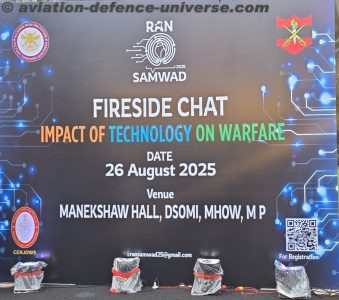
Responding to a question on the most talked about subject jointness the Air Chief explicitly stated, “Any joint structure must not elongate the OODA loop or dilute core service competencies. Joint planning at the apex level, centrally planned but decentralised execution—that is the model India needs. The CDS’ role in Operation Sindhu was pivotal, bringing all services together. We must strengthen joint planning, not rush into theatreisation models blindly borrowed from others.”
The Indian Air Force (IAF) has underlined that its concerns regarding integration and jointness do not stem from opposition to the concept itself, but rather from a desire to preserve its core competencies and avoid hasty structural changes. While it fully supports the larger objective of creating a more integrated and effective military, the IAF is cautious about prematurely implementing theatre commands or similar structures without adequate groundwork. Its leadership believes that protecting the unique capabilities of each service is essential to ensuring that integration enhances, rather than diminishes, overall combat effectiveness.
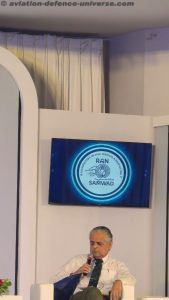
At the same time, the IAF continues to demonstrate its commitment to integration through practical initiatives. The ongoing development of the Integrated Air Command and Control System (IACCS), which links air defence networks of the Air Force and Army, is a clear step towards achieving enhanced situational awareness and coordinated responses to emerging threats. Alongside the broader evolution of the Joint Doctrine and other frameworks, this reflects the IAF’s dedication to jointness in a manner that is both deliberate and effective. Ultimately, the Air Force’s position rests on the principle that all reforms must be carefully deliberated, aligned with national security priorities, and executed in a way that strengthens—not fragments—the collective capabilities of India’s armed forces.
“Operation Sindoor was an operation short of war. Its lessons must be applied carefully to full-scale conflict scenarios. But what it shows us is that clarity, synergy, and technology can deliver decisive outcomes. Combat power today lies as much in wraparound technologies as in platforms—cyber to neutralise command, EW to blind radars, AI to power decision-making. These are no longer enablers; they are force multipliers. An aircraft is not combat-worthy unless its EW, cyber protection, and mission-critical systems are fully operational, ” ACM AP Singh responded to Lt. Gen Raj Shukla’s statement, “We are not moving fast enough in these.”
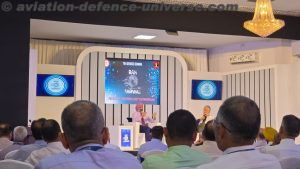
“Start-ups worldwide are giving better technology at lower cost and speed. In the US, even Silicon Valley CTOs are being inducted into military structures. We must empower our start-ups similarly. Start-ups in India face regulations and slow orders. We must give them access to labs, seed money, and accept that innovation involves failure. Without this, we cannot leapfrog in defence technology ,” said the Chief.
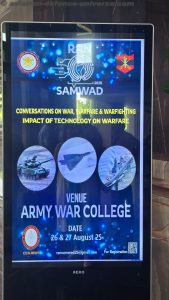
Their contributions are vital for Atmanirbhar Bharat and the Make in India initiative, as they reduce dependence on foreign imports, nurture indigenous intellectual property, and create a self-reliant industrial base.By fostering collaboration with the armed forces, research institutions, and incubation hubs, startups not only enhance operational readiness but also strengthen India’s strategic autonomy. In the long run, their innovative spirit and entrepreneurial drive are essential to building a robust, homegrown defence ecosystem capable of competing globally.
MHOW, a cantonment town near Indore in Madhya Pradesh, holds a unique place in India’s military history as it derives its name from the acronym Military Headquarters of War. Established during the British era, it has since evolved into a premier hub for military education and training, housing the prestigious Army War College and several other defence institutions. Hosting Ran Samvad in MHOW carries deep symbolic and



